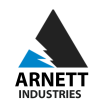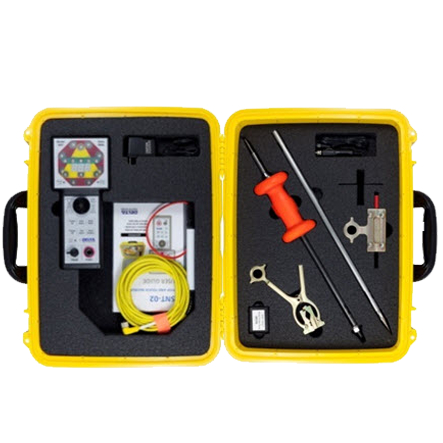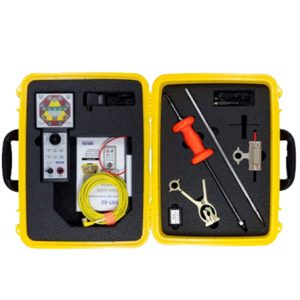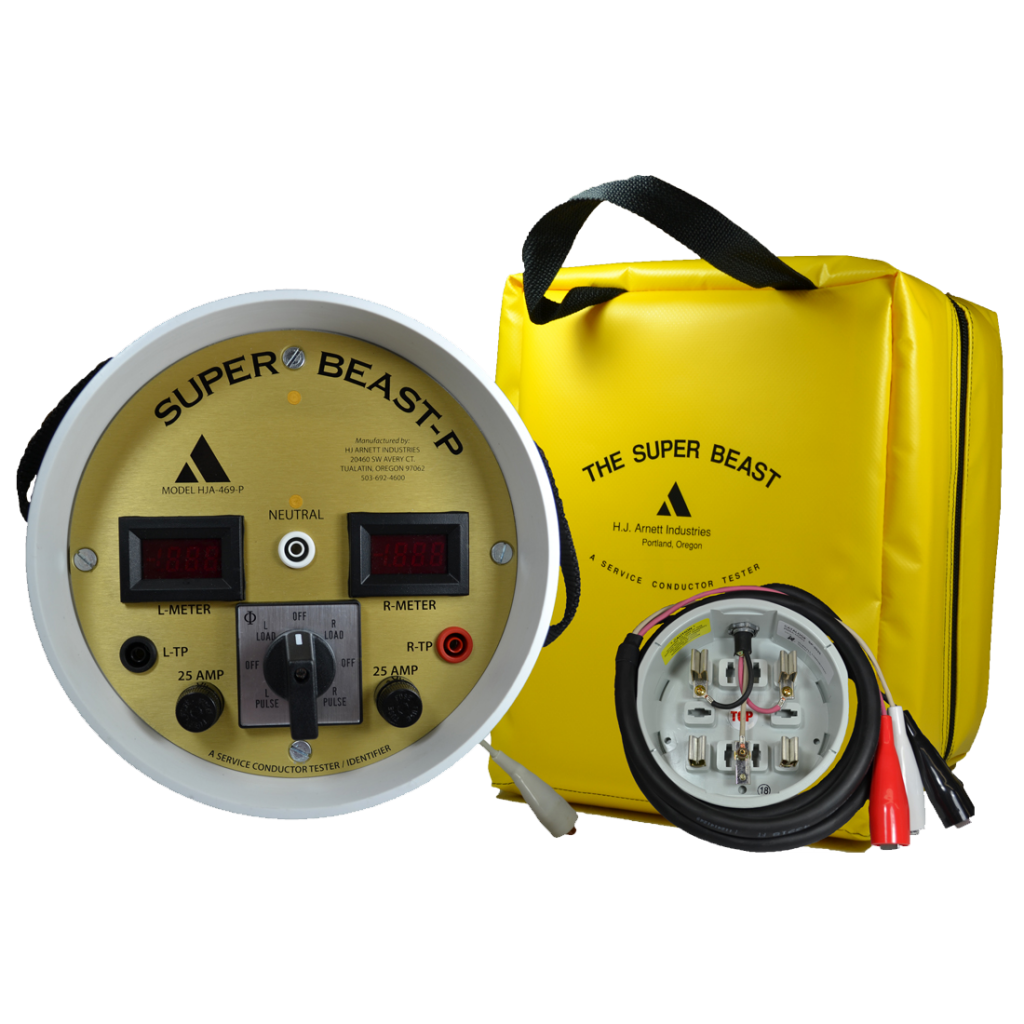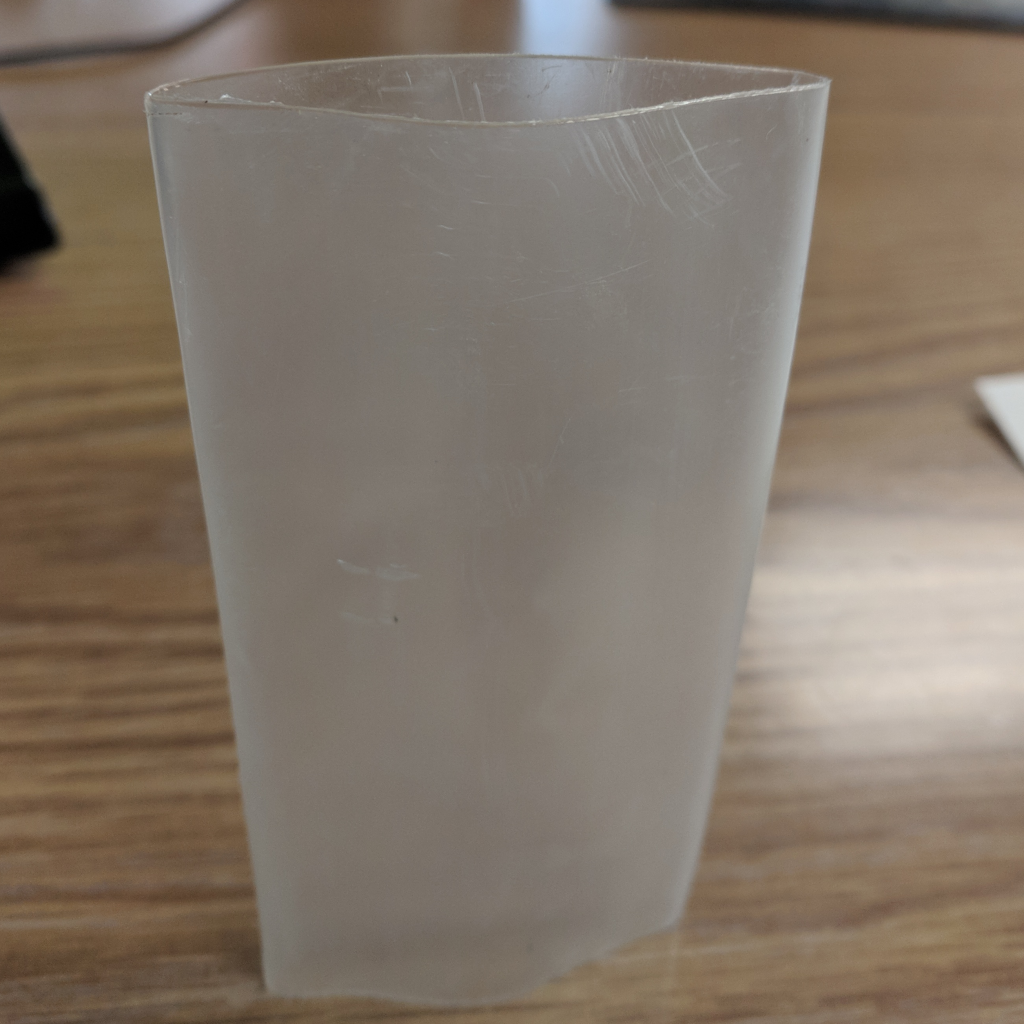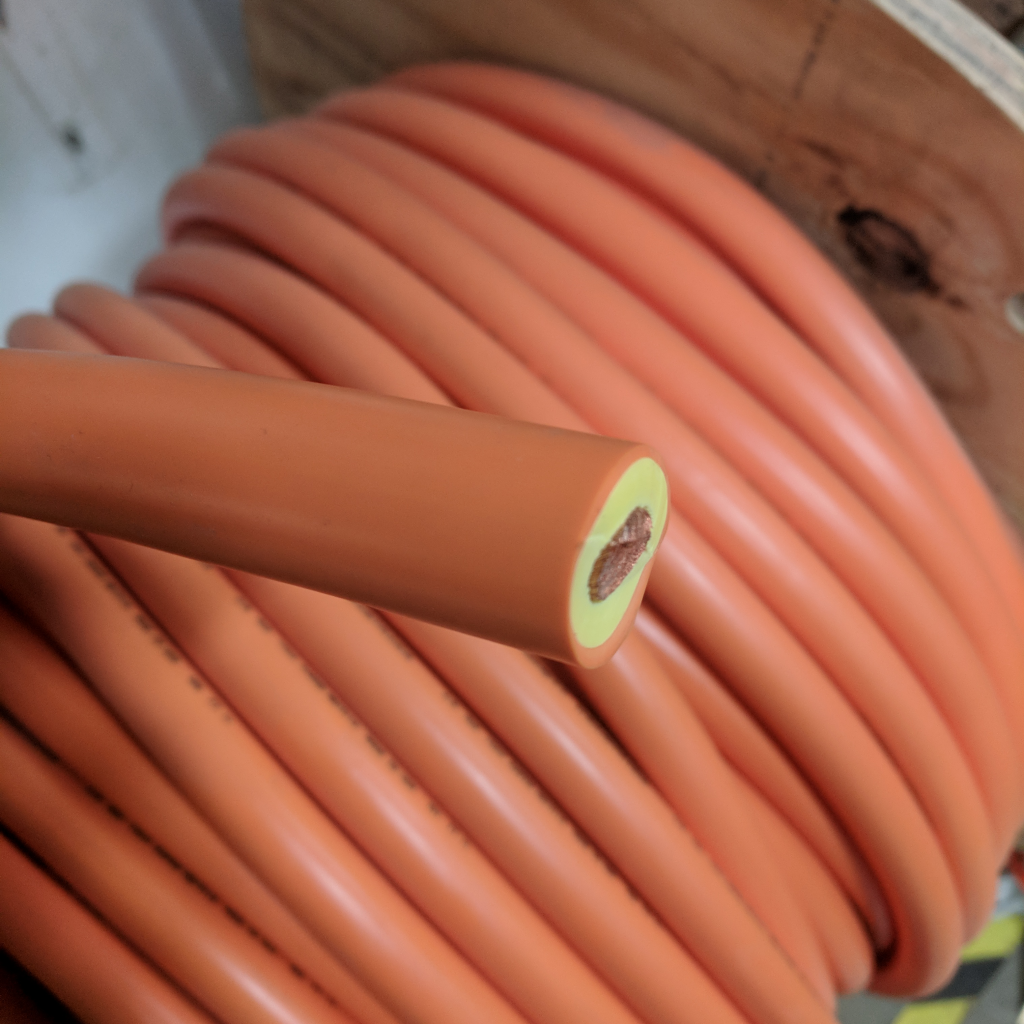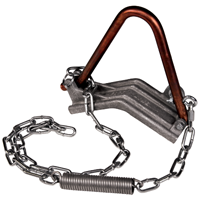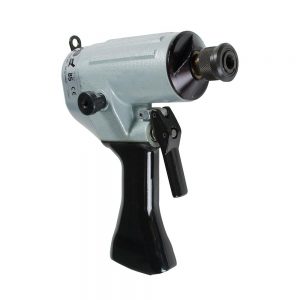The Step & Touch Potential Monitor from Delta Computer Systems:
The Step and Touch (SNT) instrument monitors and alarms “Step and Touch” potential caused by ground potential rise. When used properly, the SNT can enhance the safety of transmission line crews.
UTILITY TESTED & FIELD PROVEN
An innovation by Bonneville Power Administration engineers, the SNT Instrument has been helping ensure the safety of BPA line crews since 2003.
Starting in 2011, the SNT is available to other customers from the long-time manufacturer of the SNT instrument, Delta Computer Systems, Inc.
SPECIFICATIONS
| Full Scale Voltage 50 Hz to 60 Hz | 999 Vrms sine wave with < 5% Total Harmonic Distortion |
| Absolute Max Probe Voltage | 5000 Vrms |
| Step Voltage Response | 95% rise time < 1 second. During probe check, step response may be up to 4.5 seconds. |
| Accuracy | 1% typical for 500 V (3.5% from -30°C to +50°C) |
| Probe Impedance | 20 MΩ |
| Voltages Displayed | 10 to 999 Vrms |
| Standard Alarm Voltage Ranges (others can be programmed by the factory as an option) | 0 to 100 — Green LEDs slow flash 101 to 499 — Yellow LEDs flash, beeps every second 500 plus — Red LEDs flash rapidly, beeps rapidly |
| Audio Alert | 90 dB at 2 feet |
| Displays | Voltage Display 3 digit voltage using bright seven segment displays Threshold Warning Three high intensity Green LEDs Five high intensity Yellow LEDs Eight high intensity Red LEDs Check Probe & Battery Low Blue LEDs |
| Probe Connection Check | Performed every 60 seconds. Duration is 3.5 seconds, during which time the probe voltage is not sampled. |
| Battery Life | 60 hours typical. Low battery is indicated by LED, very low battery activates fault mode (flashing LEDs and audible alert). |
| Battery Type | Ni-MH, 500 charge cycles typical |
| Ingress Protection | Designed for IP64 |
| Instrument Weight | 907 grams (2 pounds) |
| Kit Weight | 10K grams (22 pounds) includes instrument and case |
| Case Size (H × W × L) | 19.1 cm × 39.6 cm × 50.2 cm (7.5 in × 15.6 in × 19.75 in) |
What is Step & Touch Potential?
Awareness of step and touch potential, caused by ground potential rise, is important for anyone working on high-voltage power transmission systems. In a typical SNT application, the transmission line is de-energized and is bonded to the tower to be safe to work on. However, the transmission line itself acts as a very large antenna, and can pick up large amounts of energy which must be shunted to earth ground. And if the tower ground is faulty, the ground potential may rise and a dangerous condition can result.
Step Potential: Voltage between the feet of a person
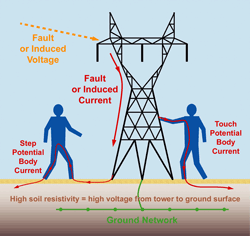
When current is flowing from the tower to the earth ground, the ground potential rises at the tower and a voltage gradient will occur based on the resistivity of the soil, resulting in a potential difference between two points on the ground. This is called a Step Potential as it can cause voltage between a person’s feet.
Touch Potential: Voltage between energized object and feet of a person
If the ground connection between the tower and the soil is high resistance (common with some soil conditions), the tower itself (and any conductive item touching the tower) can be energized. Touch potential is the voltage between the energized object and the feet of a person in contact with the object.
MONITORING STEP AND TOUCH POTENTIAL WITH THE SNT
As power transmission systems become increasingly complex and power corridors crowded, it becomes more common for parallel energized lines to couple energy (via electromagnetic induction) to de-energized lines. Further, with the sophisticated power control needed to manage green energy, power levels on various lines can vary dramatically during a work shift.
The SNT-02 kit provides an easy-to-use method to continuously monitor and alarm step-and-touch potential. Simply drive the special ground rod about 15 feet from the tower, mount the instrument and connect the probe to the tower using a standard hot stick.
| Common Practice | Better Practice |
|---|---|
| Measure step and touch potential before beginning work. | Measure step and touch potential before and continuously during work. |
| Use a voltage meter to measure potential. | Use the SNT to monitor and alarm the potential. |
SNT KIT
The SNT Kit contains everything you need to monitor step and touch potential, including:
- SNT instrument
- user guide
- carrying case
- battery charging adapters
- ground rod
- magnetic and clamp probe end
Downloads:
Read the Step & Touch “Whitepaper”
Read the Step & Touch Info Sheet
WARNING: Cancer and Reproductive Harm – www.P65Warnings.ca.gov
